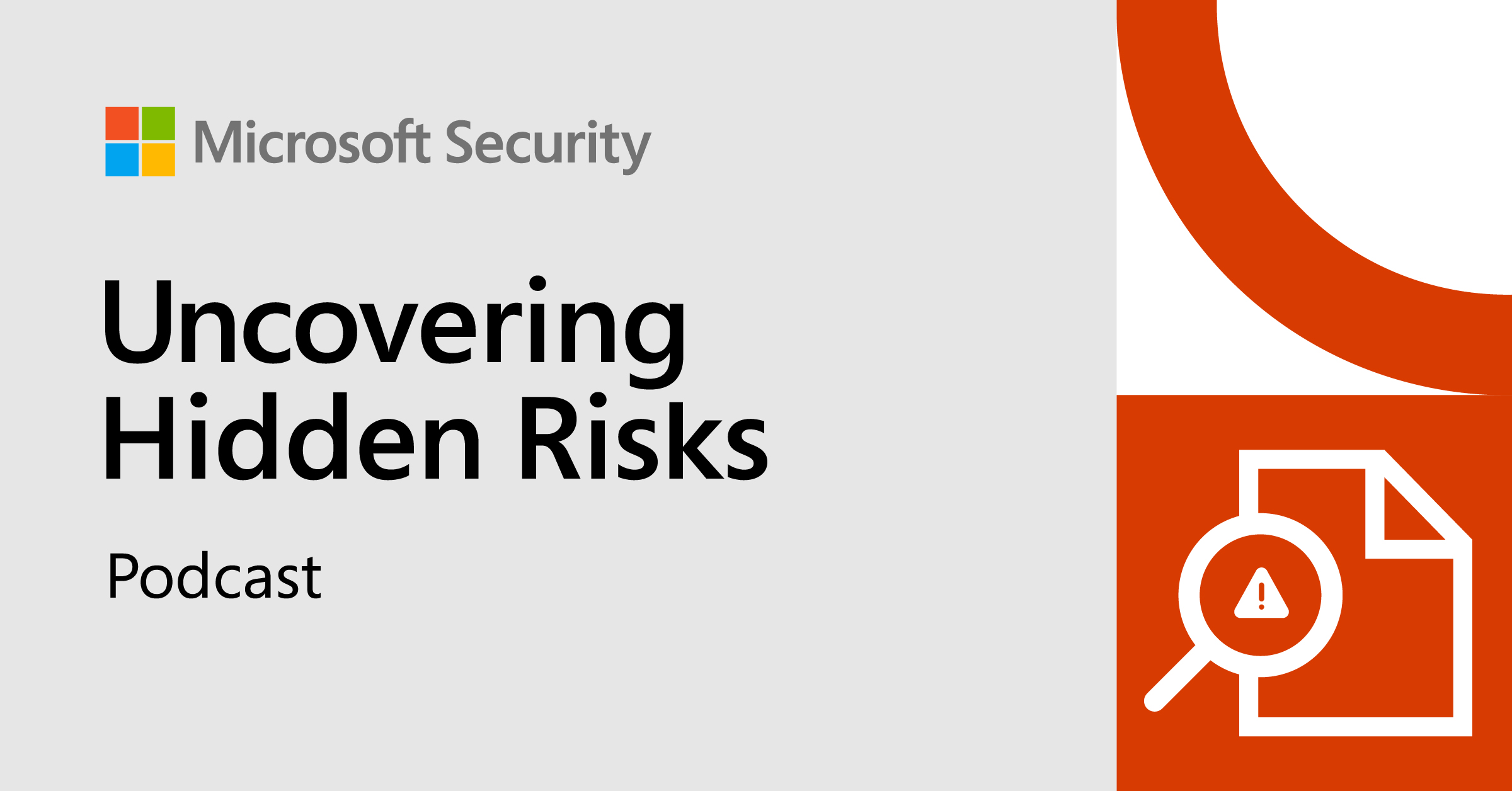data governance
- Blog
- data governance

Microsoft Relaunches Uncovering Hidden Risks Podcast
Uncovering Hidden Risks is a new monthly podcast from the Microsoft Security team that looks at taking the data security conversation beyond compliance and classifications. How do you protect data but still make sure people are productive? Host Erica Toelle talks to Microsoft and industry experts about reducing the risk of data breaches by taking...
- Feb 02, 2023
-
LATEST

What is Data Management As a Service (DMaaS)?
- Sep 21, 2022
-
Data Management as a Service (DMaaS) is a new IT term used to describe cloud-based solutions for managing data from different sources on one central platform. The “as-a-service” component describes the pay-per-usage model that DMaaS platforms use. In this post, I will explain how Data Management as a Service works and why it can make…

Microsoft Renames Data Governance and Compliance Products to “Microsoft Purview”
Last Update: Jun 10, 2022
- Apr 20, 2022
-
Microsoft announced a significant revamp of its Azure Purview data-governance platform. The Redmond giant is rebranding the service as “Microsoft Purview” and also rolling out new Microsoft 365 compliance capabilities to the suite. The new Microsoft Purview suite provides customers with compliance tools that allow them to view all their data assets in one place….

Outlook Flaw Compromises Exchange Online Native Data Protection
- Jan 14, 2020
-
A bug in Outlook desktop’s implementation of the MAPI over HTTP protocol allows users whose mailboxes are on hold to remove attachments from messages. The removal is not captured by the copy-on-write feature of Exchange Online Native Data Protection, which potentially compromises the ability of Data Governance managers or eDiscovery investigators to recover information needed for compliance purposes. All in all, it’s a mess that Microsoft needs to clean up quickly.

Microsoft Enhances its Data Governance Portfolio with BlueTalon Acquisition
- Jul 29, 2019
-
Microsoft has acquired BlueTalon, a company that specializes in data governance.

Using the Office 365 Audit Log to Track Retention Labels
- Dec 13, 2018
-
Office 365 allows users to apply retention labels to SharePoint and OneDrive documents and to Exchange messages. But after you’ve done the work to create a nice set of retention labels as part of your data governance framework, it’s good to know that people are using the labels. Here’s how to find out.

Using Office 365 Sensitivity Labels
- Nov 27, 2018
-
Sensitivity labels allow Office 365 tenants to encrypt messages and documents very easily. That is, as long as you have applications that understand labels. A preview version of the AIP client integrates a Sensitivity button in the Office desktop applications, but we must wait for native integration across desktop, web, and mobile clients.

Unifying Office 365 Sensitivity Labels with Azure Information Protection
- Nov 19, 2018
-
The new sensitivity labels available in Office 365 bring marking and protection functionality for Exchange and SharePoint that was previously only available with Azure Information Protection. In this article, we consider how to migrate AIP labels to Office 365 so that users can encrypt their way to happiness.

How Event-Based Retention Works for Office 365
- Oct 11, 2018
-
Office 365 classification labels dictate how workloads like SharePoint and Exchange retain content. Now you can control retention based on events like a contract completing or an employee leaving the business. Events start the retention clock and it’s a way to make sure that you keep material needed for the business for a predetermined interval after the event occurs.

Preserving Teams Messages for an Ex-Employee
- Sep 13, 2018
-
When someone leaves your company, you might need to preserve their Office 365 data. Email, OneDrive, and SharePoint are straightforward, but what about Teams? As it turns out, a content search or an Office 365 DSR is a good way to retrieve information about Teams messages and information about their activities can be found in the audit log.








